
Sheffield Tramway was an extensive tramway network serving the English city of Sheffield and its suburbs.

Doncaster Corporation Tramways was an electric tramway network serving the town of Doncaster, England. It was authorised in 1899, and the first route to Bentley opened in 1902. This remained separated from the rest of the system until North Bridge was built to carry traffic over the Great Northern Railway main line to Edinburgh. Soon afterwards, deep mining of coal began in the area, and several extensions to the system were made between 1913 and 1916 to serve new communities which developed around the pit heads. The Racecourse route was unusual, in that it had balloon loops at both ends to enable almost continuous running on race days, a feature that was not common in England, and only found favour in Europe in the 1950s and 1960s.
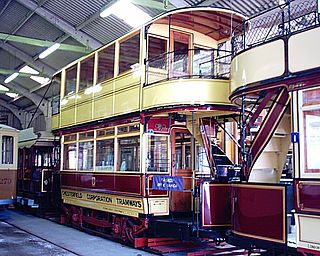
The Chesterfield and District Tramways Company and its successors ran a tramway system in the Derbyshire town of Chesterfield, England. The first horse-drawn line opened in 1882, and in 1897, the system was taken over by Chesterfield Corporation, who extended and electrified it in 1904 and 1905. Additional tramcars were purchased, but two had to be scrapped after a disastrous fire at the depot in 1916. The system suffered from a lack of maintenance as a result of reduced staffing levels during the First World War, and the trams were replaced by trolleybuses in 1927.

Derby Corporation Tramways was the tram system serving the city of Derby, England. It opened on 27 July 1904.

The earliest trams in Australia operated in the latter decades of the 19th century, hauled by horses or "steam tram motors". At the turn of the 20th century, propulsion almost universally turned to electrification, although cable trams lingered in Melbourne. In cities and towns that had trams, they were a major part of public transport assets.

Dundee Corporation Tramways formerly served the City of Dundee in Scotland. The corporation had financed the construction of a horse tramway in 1877, but had then leased it to the Dundee and District Tramways Company. They had replaced most of the horse trams with steam tram locomotives pulling trailer cars from 1884, but in 1897 the corporation decided that it would run the tramway system itself. After some negotiation and the payment of compensation, they took over the system in 1899, with a view to electrifying it. Electric trams started running in 1900, and the changeover was completed in 1902.
Edinburgh Corporation Tramways formerly served the City of Edinburgh, Scotland. The city used four-wheeled double-decked trams painted dark red (madder) and white – a livery still used by Lothian Buses and the modern light rail Edinburgh Trams.

Between 1901 and 1949 Manchester Corporation Tramways was the municipal operator of electric tram services in Manchester, England. At its peak in 1928, the organisation carried 328 million passengers on 953 trams, via 46 routes, along 292 miles (470 km) of track.
Trams operated in Edinburgh from 1871 to 1956, and resumed in 2014. The first systems were horse-drawn, while cable-haulage appeared in the city in 1888. Electric trams first ran on systems in neighbouring Musselburgh (1904) and Leith (1905), meeting the Edinburgh cable-trams at Joppa and Pilrig respectively. Electrification meant cable trams last ran in 1923, with through running now possible to Leith and as far east as Port Seton. The various systems were operated by different private and municipal entities over the years; the Edinburgh and Leith systems had been merged under Edinburgh Corporation by 1920, but it wasn't until 1928, after the partial closure of Musselburgh line, that all trams operating in Edinburgh were in the sole control of the corporation. The last electric trams ran in 1956, but electric trams returned in 2014 with the opening of Edinburgh Trams. Many of the trams from the horse/cable/first electric era were built in Shrubhill Works. Two trams have been preserved, a horse tram and an electric tram, built by Shrubhill in 1885 and 1948 respectively. A 1903 Dick Kerr cable-tram has also been purchased for preservation. Remnants of the cable-tram system can be seen in Waterloo Place and Henderson Row, and of the Musselburgh line at Morrison's Haven.

Cardiff Corporation Tramways was a company that operated an electric tramway service in Cardiff between 1902 and 1950.
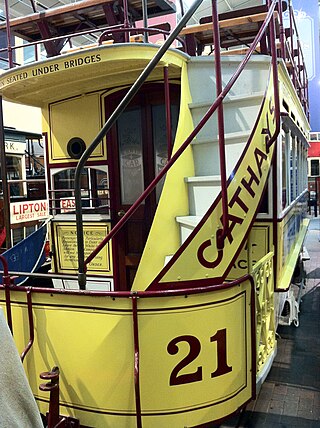
Cardiff Tramways Company operated a horse tramway service in Cardiff between 1872 and 1902.

Tramways in Exeter were operated between 1882 and 1931. The first horse-drawn trams were operated by the Exeter Tramway Company but in 1904 the Exeter Corporation took over. They closed the old network and replaced it with a new one powered by electricity.

Walsall Corporation Tramways operated a tramway service in Walsall between 1904 and 1930.
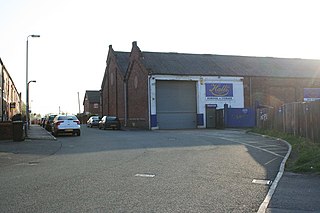
Wigan Corporation Tramways operated a tramway service in Wigan, England, between 1901 and 1931. The first tramway service in the town was run by the Wigan Tramways Company, whose horse trams began carrying passengers in 1880. They began replacing horses with steam tram locomotives from 1882, but the company failed in 1890 when a Receiver was appointed to manage it. The Wigan & District Tramways Company took over the system in 1893 and ran it until 1902. Meanwhile, Wigan Corporation were planning their own tramway system, obtaining an authorising Act of Parliament in 1893, and a second one in 1898. This enabled them to build electric tramways, and in 1902, they took over the lines of the Wigan & District Tramways Company.
At the peak of Britain’s first-generation tramways, it was possible to travel by tram all the way from Pier Head at Liverpool to the Pennines in Rochdale by tram.
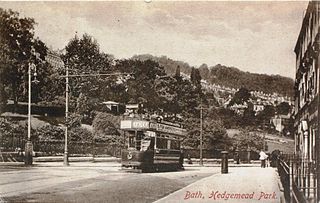
Bath Tramways Company and its successors operated a 4 ft horse-drawn tramway service in Bath between 1880 and 1902. From 1903 until its closure in 1939 an expanded route carried electric trams operated by Bath Electric Tramways Company.
Pontypridd Urban District Council Tramways operated a tramway service in Pontypridd between 1904 and 1931. Part of it used the route of the Pontypridd and Rhondda Valley Tramway Company's horse tramway. Between 1919 and 1927, it was the only system in Wales where through running onto a neighbouring system occurred. In 1930, part of the system was converted to use trolleybuses, and the former horse tramway section was replaced by motor buses in 1931, bringing the tramway era to an end. During the Second World War, a number of trolleybuses were borrowed from other systems, to cope with heavy traffic, but the use of electric vehicles ended in 1957. Most of the vehicles were sold on to other undertakings, and the system was the last in Britain to be run by an Urban District Council.
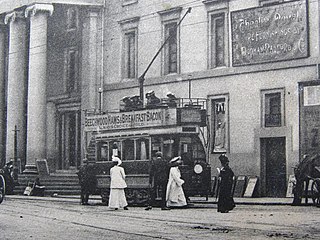
The tramways in Plymouth were originally constructed as four independent networks operated by three different companies to serve the adjacent towns of Plymouth, Stonehouse and Devonport in Devon, England. The merger of the 'Three Towns' into the new borough of Plymouth in 1914 was the catalyst for the three companies to join up under the auspices of the new Plymouth Corporation. The network was closed in 1945, partly as a result of bomb damage during World War II.
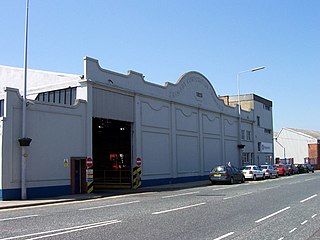
The Great Grimsby Street Tramways Company was a tramway serving Grimsby and Cleethorpes in Lincolnshire, England. It was a subsidiary of The Provincial Tramways Company. They opened a horse tramway in 1881, running from the Wheatsheaf Inn in Bargate to the border with Cleethorpes, with a branch along Freeman Street, and extended the line into Cleethorpes in 1887. It followed the trend of many British systems, and was converted to an electric tramway in December 1901. Small extensions were made to the system at both ends, but the basic plan of the system remained the same throughout its life.
Bradford Corporation Tramways were a tramway network in the city of Bradford, West Riding of Yorkshire, England which operated trams from 1882 until 1950 and trolleybuses from 1911 until 1972. The track gauge of the tramways was 4 ft.

Stockport Corporation Tramways operated a tramway service in Stockport, England, between 1901 and 1951. It was preceded by a horse tramway from Levenshulme to Stockport, which opened in 1880, and was ultimately run by the Manchester Carriage and Tramways Company. A second independent horse tramway opened in 1890, running to Hazel Grove. In 1899 the Corporation bought the first line, electrified it, and leased it back to the operating company. Their powers to buy the Stockport and Hazel Grove Tramway, authorised by the same Act of Parliament, were not exercised until 1905.
















